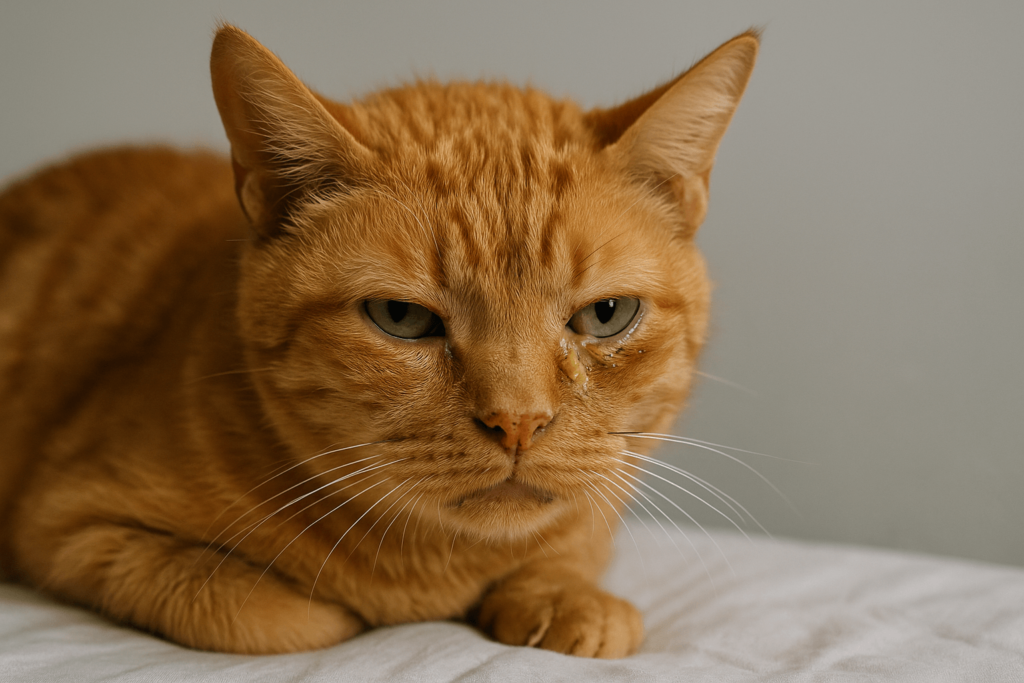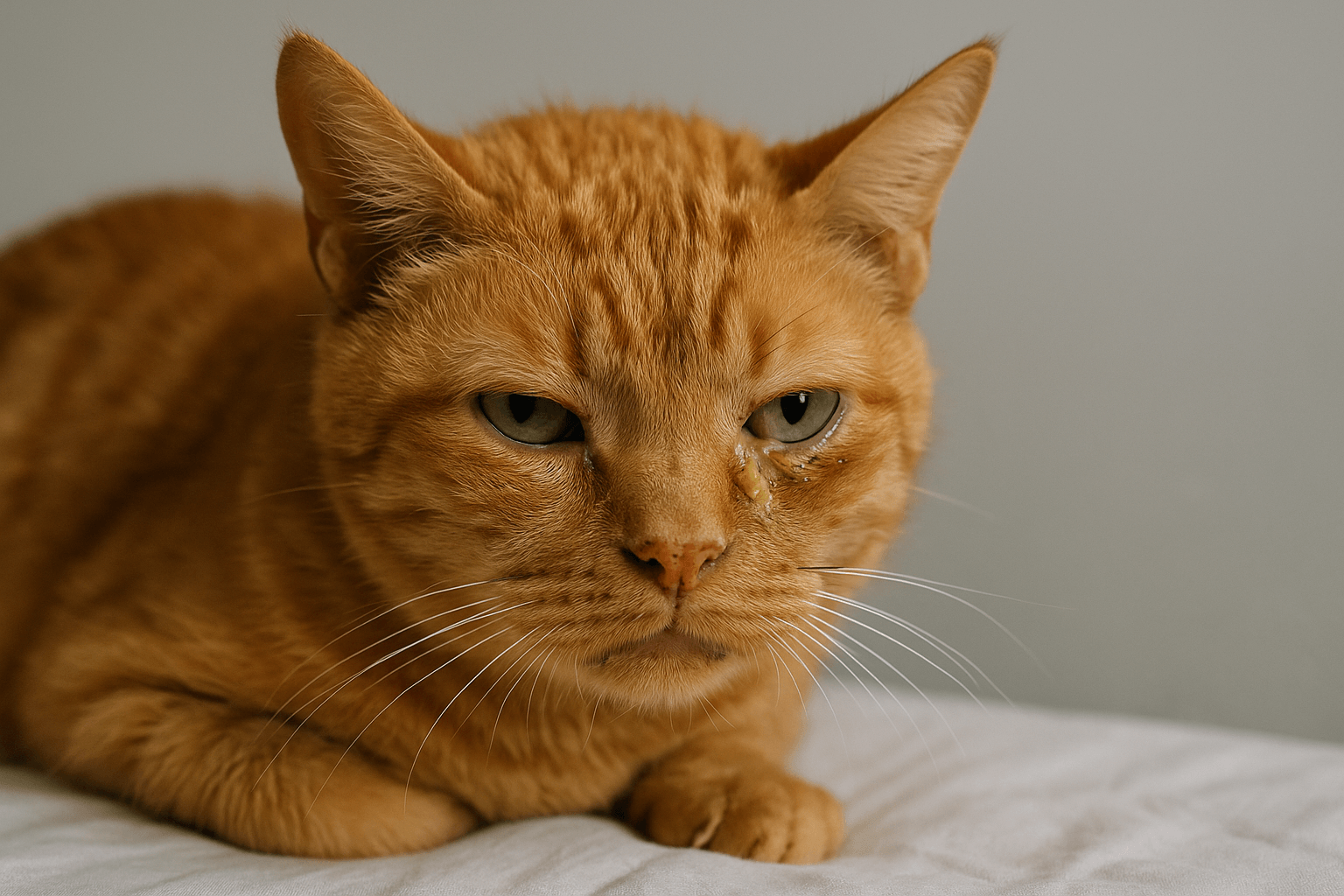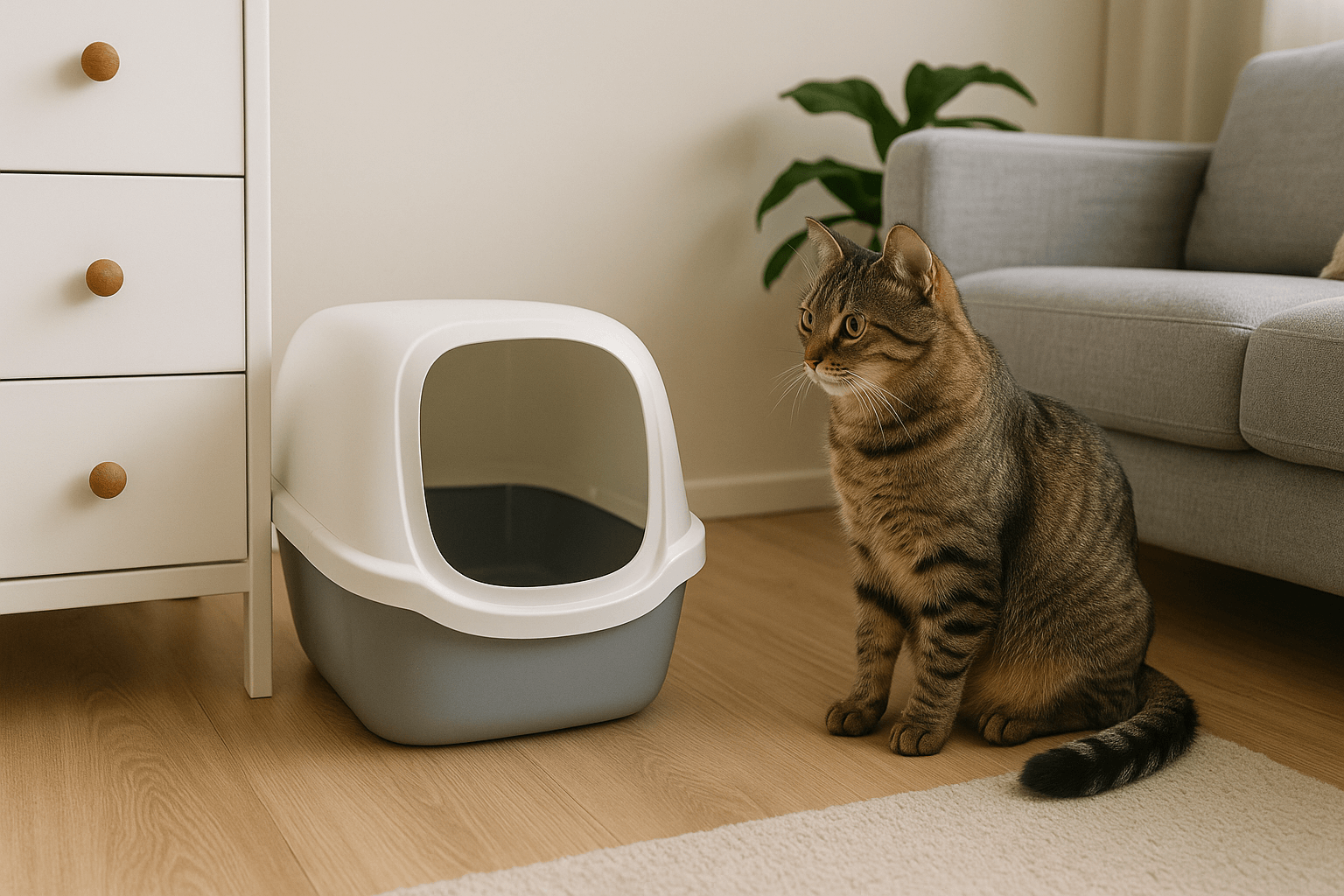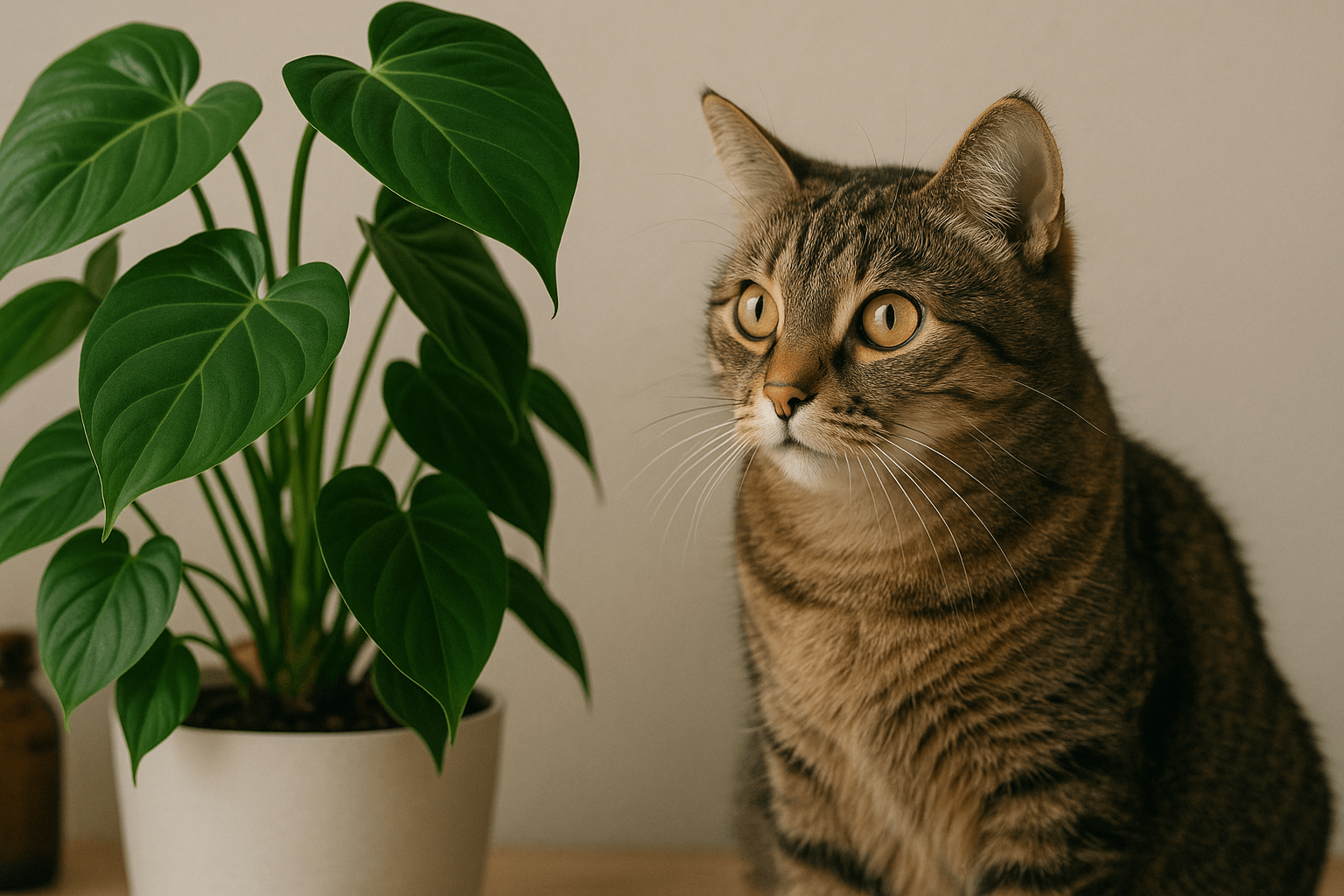Understanding Trichomoniasis in Cats
Trichomoniasis in cats is a parasitic infection caused by the protozoan Tritrichomonas foetus, which primarily affects the gastrointestinal tract. While it may not be as widely known as other feline health issues, it is a condition that cat owners should be aware of, especially if their pets exhibit chronic diarrhea or digestive problems. This infection is more common in multi-cat households, breeding facilities, and environments where cats share litter boxes or food bowls.
Understanding the causes, symptoms, and treatment options for trichomoniasis can help ensure your cat receives timely care and prevent the spread of this persistent parasite. Let’s delve into everything you need to know about this condition and how to keep your feline friend healthy.
Symptoms of Trichomoniasis in Cats
Recognizing the signs of trichomoniasis is crucial for early diagnosis and treatment. While some cats may remain asymptomatic, others exhibit noticeable symptoms that can impact their quality of life.
Chronic Diarrhea:
The most common symptom is loose, watery stools that persist for weeks or even months. The stool may also contain mucus or blood.Frequent Defecation:
Infected cats often feel the urge to use the litter box more frequently than usual.Flatulence and Abdominal Discomfort:
Excessive gas and bloating are common complaints, causing discomfort for the affected cat.Weight Loss:
Despite maintaining a normal appetite, some cats may experience gradual weight loss due to malabsorption of nutrients.Behavioral Changes:
Cats may become lethargic or irritable as a result of ongoing digestive distress.
If your cat displays any of these symptoms, it’s important to consult your veterinarian promptly. Early intervention can make a significant difference in managing this condition effectively.

Causes and Transmission of Trichomoniasis
Trichomoniasis is highly contagious among cats, particularly in environments where hygiene practices are lacking. Understanding how the infection spreads can help you take preventive measures to protect your pet.
Direct Contact with Infected Cats:
Cats can contract the parasite through close contact with infected animals, such as during grooming or play.Shared Litter Boxes:
Contaminated feces in shared litter trays are a primary source of transmission.Contaminated Food and Water Bowls:
Sharing food and water dishes with an infected cat increases the risk of exposure.Breeding Facilities and Shelters:
High-density environments like catteries and shelters are hotspots for outbreaks due to close quarters and shared resources.Poor Hygiene Practices:
Inadequate cleaning of litter boxes and living spaces can perpetuate the spread of the parasite.
By addressing these risk factors, you can significantly reduce the likelihood of your cat contracting trichomoniasis.
Check this guide 👉Male Cat UTI Symptoms: Best 7 Expert Tips!
Check this guide 👉Cat Sinus Infection Treatment: Best 7 Expert Tips!
Check this guide 👉Cat Ear Infection Treatment: Best 7 Expert Tips!
Prevention Tips for Trichomoniasis | Treatment Options for Infected Cats |
|---|---|
Regularly clean and disinfect litter boxes | Prescription medications like ronidazole |
Avoid sharing food and water bowls | Probiotics to restore gut health |
Isolate new or sick cats temporarily | Dietary changes to support digestion |
Practice good hygiene in multi-cat homes | Routine vet check-ups for monitoring |
Test breeding cats before mating | Symptomatic relief for diarrhea |
Diagnosing Trichomoniasis in Cats
Accurate diagnosis is essential for effective treatment, as trichomoniasis symptoms can mimic other gastrointestinal conditions. Veterinarians use specific methods to confirm the presence of Tritrichomonas foetus.
Fecal Examination:
A microscopic analysis of stool samples can reveal the presence of the parasite, though it may require multiple tests for confirmation.PCR Testing:
Polymerase chain reaction (PCR) testing is a highly sensitive method used to detect the parasite’s DNA in fecal samples.Exclusion of Other Conditions:
Conditions like giardiasis or inflammatory bowel disease must be ruled out, as they present similar symptoms.Detailed Medical History:
Providing information about your cat’s symptoms, environment, and interactions helps veterinarians make an accurate diagnosis.Monitoring Response to Treatment:
If initial treatments fail to resolve symptoms, further testing may be necessary to confirm trichomoniasis.
Proper diagnosis ensures that your cat receives the appropriate care and avoids unnecessary treatments.
Managing Chronic Cases of Trichomoniasis
In some instances, trichomoniasis can become a chronic issue, requiring long-term management to improve your cat’s quality of life. These strategies can help address persistent cases effectively.
Extended Medication Courses:
Some cats may need prolonged treatment with medications like ronidazole to fully eliminate the parasite.Dietary Adjustments:
Switching to easily digestible, hypoallergenic diets can reduce gastrointestinal stress and improve nutrient absorption.Supplement Support:
Adding digestive enzymes or prebiotics can aid gut health and strengthen the immune system.Regular Monitoring:
Frequent vet visits ensure the infection remains under control and any complications are addressed promptly.Environmental Modifications:
Improving hygiene practices and reducing stressors in the home can minimize flare-ups of symptoms.
With consistent care and attention, chronic trichomoniasis can be managed successfully, allowing your cat to thrive.
Preventive Measures for Multi-Cat Households
For households with multiple cats, preventing trichomoniasis requires extra diligence. These measures can help safeguard all your feline residents.
Separate Litter Boxes:
Provide one litter box per cat, plus an additional one, to reduce cross-contamination.Daily Cleaning Routines:
Scoop litter boxes daily and thoroughly disinfect them weekly to eliminate parasites.Quarantine New Cats:
Isolate new additions for at least two weeks and test them for infections before introducing them to resident cats.Monitor Shared Spaces:
Regularly clean areas where cats congregate, such as feeding stations and sleeping spots.Educate Family Members:
Ensure everyone in the household understands the importance of hygiene and prevention.
Implementing these practices minimizes the risk of outbreaks in multi-cat environments.
Common Misconceptions About Trichomoniasis
Misunderstandings about trichomoniasis can lead to delayed treatment or improper care. Clarifying these misconceptions is vital for effective management.
Myth: It Always Causes Severe Symptoms:
Many cats carry the parasite without showing obvious signs, making routine testing important.Myth: Antibiotics Are Effective:
Unlike bacterial infections, trichomoniasis requires specific antiprotozoal medications like ronidazole.Myth: Indoor Cats Can’t Get Infected:
Even indoor cats can contract the parasite through contaminated items or newly introduced pets.Myth: It’s Easy to Cure Quickly:
Eradicating the parasite often takes time and persistence, especially in chronic cases.Myth: Vaccines Are Available:
There is currently no vaccine for trichomoniasis in cats, emphasizing the need for prevention.
Dispelling these myths ensures better outcomes for infected cats.
Supporting Your Cat’s Recovery
Beyond medical treatment, providing holistic support can aid your cat’s recovery from trichomoniasis. These steps promote overall well-being during the healing process.
Create a Stress-Free Environment:
Minimize changes in routine and provide safe spaces for your cat to relax.Offer Nutritious Meals:
Feed high-quality, easily digestible food to support their immune system and gut health.Encourage Hydration:
Ensure fresh water is always available, or consider wet food to increase fluid intake.Engage in Gentle Play:
Light play sessions stimulate endorphins and distract your cat from discomfort.Maintain Regular Vet Visits:
Follow-up appointments allow your vet to monitor progress and adjust treatment as needed.
By combining medical care with compassionate support, you can help your cat recover fully and regain their vitality.
Frequently Asked Questions About Trichomoniasis in Cats
Is trichomoniasis contagious to humans?
No, Tritrichomonas foetus is species-specific and does not pose a risk to human health.
Can kittens recover from trichomoniasis?
Yes, with proper treatment and supportive care, most kittens recover fully, though recovery times may vary.
How long does treatment typically last?
Treatment usually lasts 2-4 weeks, but chronic cases may require extended medication courses.
What should I do if my cat relapses?
Consult your vet immediately to reassess the treatment plan and rule out underlying issues.
Can trichomoniasis be prevented entirely?
While complete prevention isn’t guaranteed, practicing good hygiene and isolating sick cats can significantly reduce the risk.
Ensuring Your Cat’s Health Against Trichomoniasis
Trichomoniasis in cats, while challenging, is a manageable condition with the right knowledge and approach. By staying vigilant about symptoms, maintaining a clean environment, and working closely with your veterinarian, you can protect your feline companion from this persistent parasite. Whether you’re dealing with an active case or taking preventive measures, understanding trichomoniasis empowers you to make informed decisions for your pet’s well-being. With proper care and attention, your cat can enjoy a happy, healthy life free from the discomfort of this infection.
Tabby Cat vs Tortoiseshell: Best 7 Expert Tips! Discover the differences in patterns, personalities, and care needs between tabby and tortoiseshell cats to find your perfect feline companion.
Understanding Trichomoniasis in Cats: Best 7 Expert Tips! Discover symptoms, treatment, and prevention strategies for this common feline parasite to keep your cat healthy and happy.
Where to Place a Cat Litter Box? Best 7 Expert Tips! Discover ideal spots, avoid common mistakes, and learn how to keep your cat happy with perfect litter box placement.
Are Philodendrons Toxic to Cats? Best 7 Expert Tips! Discover if philodendrons are safe for cats, symptoms of poisoning, and expert advice to keep your feline friend healthy around houseplants.




